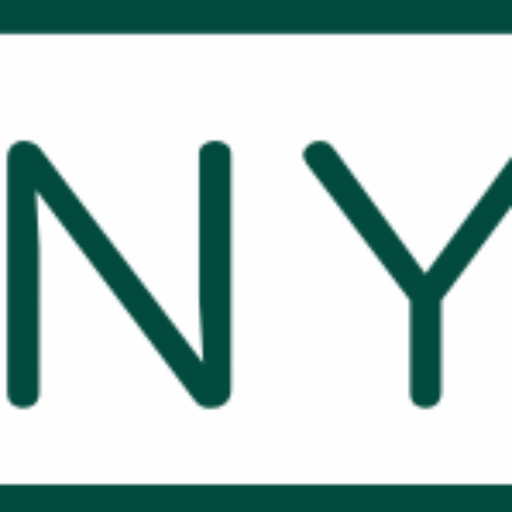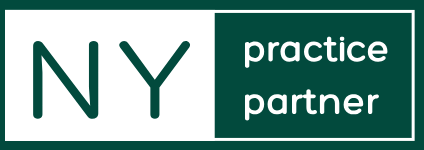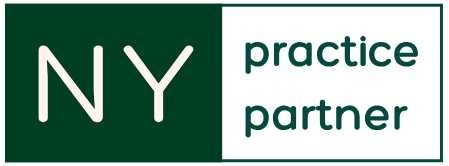As someone who has spent years managing credentialing processes in healthcare and other professional industries, I know firsthand how time-consuming and complex the task can be. From verifying licenses to ensuring compliance, credentialing has always been a critical but often burdensome process. However, over time, the rise of credentialing services has revolutionized how we handle this essential function. By leveraging automation and centralized systems, these services have dramatically reduced the time spent on administrative tasks, enabling organizations to focus on their core mission.
In this article, I’ll share five key time-saving features that I’ve found to be game-changers when using credentialing services. I’ll also provide some personal insights and practical advice for anyone considering transitioning to these services.
1. Automated Verification and Real-Time Validation
When I first started working in credentialing, one of the most time-consuming tasks was manually verifying professionals’ credentials. I remember spending hours each week on the phone with licensing boards, chasing down certifications, and waiting for verification responses. It was a slow, repetitive process, and the frustration of waiting often delayed essential hiring decisions.
However, everything changed when we implemented automated verification. The system I used integrated with national databases, allowing us to verify licenses and certifications in real time. The first time I used it, I was amazed by how quickly and accurately the system completed the process—what used to take days now took only minutes.
Why This Is a Game-Changer:
- Instant Verification: Real-time access to databases means credentialing tasks are completed in minutes rather than days.
- Reduced Errors: Automated systems ensure the information is accurate, removing human error from manual verification.
- Time Saved: In the past, we would spend an average of 10 hours per week verifying credentials. With automation, this task is now done in under 1 hour.
Real-World Example:
During a busy hiring period, we needed to verify the credentials of 20 new nurses. Traditionally, this would have taken us at least a week. Thanks to automated verification, we had all the data we needed within two hours—a 95% reduction in time spent on verification alone.
Key Tip:
When selecting a credentialing service, ensure it integrates with trusted verification sources like state boards or national registries to guarantee quick and reliable results.
2. Centralized Document Management
Another issue I struggled with early on was the constant paperwork associated with credentialing. From licenses and certifications to background checks and training records, managing all the necessary documents was a never-ending task. I would often find myself sifting through piles of paperwork, trying to track down expired certifications or missing documents.
Once we switched to a centralized document management system, everything changed. All of our staff members’ credentials were stored securely in one place, and the system provided automated alerts when documents were due for renewal.
How This Saves Time:
- Easy Access: No more searching through emails or physical files. All documents are stored in one secure digital system.
- Automated Reminders: The system sends notifications for upcoming expirations, ensuring that nothing falls through the cracks.
- Document Retrieval: I can quickly retrieve a specific document with just a few clicks, rather than spending hours looking through file cabinets.
Real-World Example:
One time, I was able to pull up a physician’s background check in less than 2 minutes when it was required for an audit. Before, it would have taken me an hour or more to locate the correct file manually.
Key Tip:
Ensure that your credentialing service includes cloud-based storage so documents can be accessed remotely, giving you flexibility and peace of mind that the files are secure.
3. Automated Compliance Tracking

Staying compliant with state and federal regulations has always been a top priority in credentialing, but it can be a time-consuming process to keep track of all the compliance requirements for each professional. In the past, I would manually check each professional’s status and update files accordingly, but this left room for error and often led to missed deadlines.
With automated compliance tracking, this process became a breeze. The credentialing service we adopted provides automated monitoring for certifications and other compliance-related documents. When a professional’s certification or license is about to expire, the system alerts us, and we can take action before there’s a lapse.
How This Saves Time:
- Automatic Updates: The system keeps track of all compliance deadlines and sends alerts when actions are required.
- Reduced Risk of Non-Compliance: By automatically tracking expiration dates and renewal requirements, the system ensures full compliance without manual intervention.
- Proactive Management: We can address expiring certifications ahead of time, reducing the need for last-minute scrambling.
Real-World Example:
I vividly remember a situation where a medical professional’s certification was about to expire, and we were able to handle the renewal two weeks in advance. Previously, this would have caused a last-minute rush and potential disruptions to our workflow.
Key Tip:
Choose a service with a compliance dashboard that displays upcoming expirations and alerts in real time so you can act proactively rather than reactively.
4. Streamlined Onboarding Processes
The hiring process in any field requires thorough credentialing, but what I didn’t realize until I implemented a credentialing service was just how much it impacted onboarding efficiency. At one point, our onboarding process took days, primarily due to the paperwork and verification steps that had to be completed manually.
Now, the system integrates with our HR software and automates many of the onboarding steps, including document collection, background checks, and contract signing. This integration has shaved off an immense amount of time and streamlined the entire process.
How This Saves Time:
- Automatic Data Input: New hires enter their information once, and it automatically populates across various systems, reducing redundancy.
- Integrated Background Checks: Background screening can be conducted alongside credential verification, speeding up the process.
- Instant Onboarding: New hires can complete the process in minutes, with everything stored securely and ready for review.
Real-World Example:
In a recent project, we streamlined the onboarding of 50 contractors. What once took 3-4 days to complete for each individual was reduced to a few hours for the entire group, freeing up significant time for team members to focus on project-related tasks.
Key Tip:
Ensure your credentialing service has integration capabilities with your HR or payroll system for a smooth onboarding experience.
5. Real-Time Reporting and Analytics

Data is crucial for decision-making, and being able to access real-time reports on credentialing statuses quickly has been invaluable. Early on, I found it difficult to get a clear overview of where our credentialing process stood. However, with a reporting dashboard, I can now view metrics such as compliance rates, verification times, and credential expiration statuses in real time.
How This Saves Time:
- Instant Insights: No more waiting for monthly or quarterly reports. You get the information you need immediately.
- Data-Driven Decisions: Reports allow you to make strategic decisions about staffing, training, and compliance.
- Improved Resource Allocation: By seeing bottlenecks in the credentialing process, you can allocate resources more effectively.
Real-World Example:
During a routine audit, I was able to pull a detailed compliance report showing all expired licenses and certifications in under 10 minutes—a task that once took me an entire afternoon to compile manually.
Key Tip:
Look for a credentialing service with an easy-to-use dashboard that provides real-time analytics to monitor the effectiveness of your credentialing operations.
Conclusion
The transition to a credentialing service can feel like a big step, but the time-saving benefits are undeniable. From automated verification to centralized document management, each feature has helped streamline processes, reduce errors, and improve efficiency in ways I never imagined possible. By leveraging these services, you can ensure that your credentialing processes are faster, more accurate, and far less stressful.
If you’re considering implementing a credentialing service in your organization, make sure to evaluate these features carefully. Look for a service that provides real-time verification, compliance tracking, and seamless integration with your existing systems. The time and effort saved will ultimately allow your team to focus on the things that truly matter: providing quality service and improving outcomes.
Final Tip:
Before committing to a credentialing service, consider running a pilot program with a few key employees to test how the system integrates with your existing processes. This will give you valuable insights and help you identify any potential challenges before full implementation.








